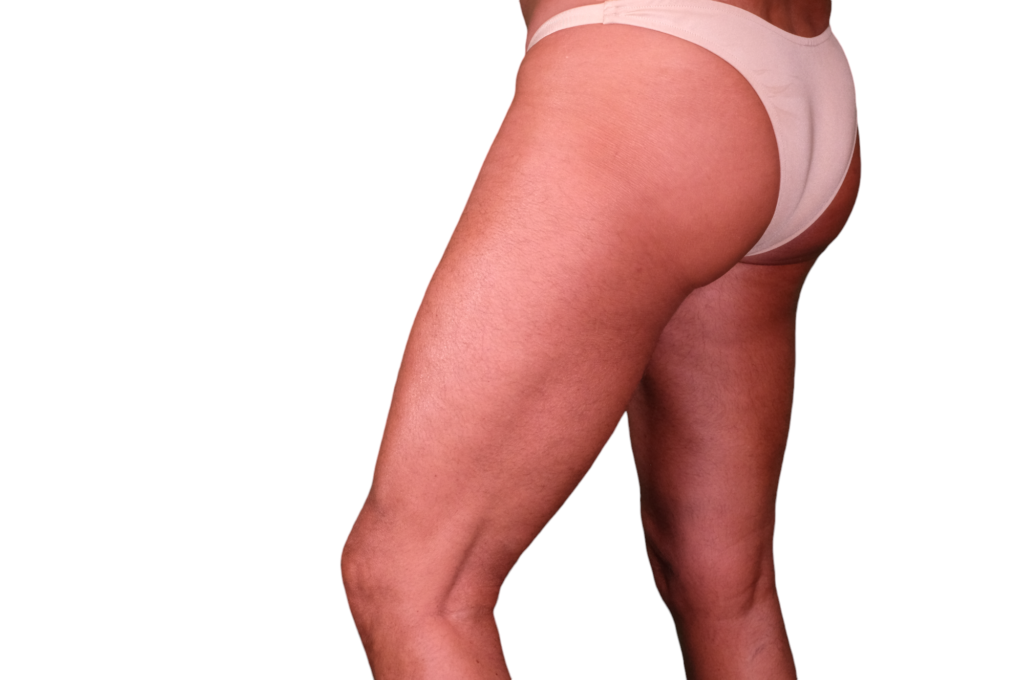Once upon a time, a men’s swim team decided they were ready to make waves — not just in the water, but with a bold style statement. For years, they’d worn the traditional, functional Speedos that were standard for competitions, but after some playful brainstorming, they decided it was time to bring a fresh look to their swimwear: a sleek, ultra-minimal brief, closer to the bikini bottoms their female counterparts wore. The new design was daring, hugging the contours of their bodies, offering a bold cut that left little to the imagination while keeping things just sporty enough to stay competition-approved a spandex brief with style!
The initial reaction from the team was mixed. Some of the guys were a little hesitant about how they’d look, while others leaned into the excitement of trying something new. But once they slipped into the new spandex brief swimwear, their confidence shot up. The sleek briefs made them feel faster, sleeker, and surprisingly, empowered.

Their first event in the new swimwear was a local swim meet. The team walked onto the deck with their heads high, feeling both exposed and exhilarated. The reaction from the crowd was electric. Spectators, especially the guys in the audience, cheered with approval, appreciating the athletic confidence and flair on display. The daring spandex brief suits showcased the athletes’ hard work and training in a way that added an exciting edge to the usual meet.
As the season progressed, the team noticed something surprising: the new briefs weren’t just a hit with the audience, but they were a game-changer for team morale. The swimmers felt a fresh sense of unity and pride, and the cheers at each event only added fuel to their confidence. Other teams started noticing too, and soon whispers of the “bikini briefs” swim team spread, with rivals and fans alike admiring their bold style and performance.
In time, other teams began adopting similar styles, transforming the sport’s aesthetic, and the team that dared to go first became a trendsetter in competitive swimming.
The team’s new style wasn’t just a fleeting trend; it started to redefine the culture around swimwear in competitive sports. As more and more teams adopted the daring, bikini-style briefs, the swim community began to embrace the shift. Coaches, fans, and even sponsors took notice, realizing that this fresh approach to uniforms wasn’t just about aesthetics. It was also an expression of the athletes’ confidence, boldness, and unity. Swimmers could express their personalities, embracing their bodies and the intense training they’d undergone to reach peak form.
As the team’s popularity grew, they were invited to larger meets and even exhibitions. They quickly became known as much for their style as their skill, and their following grew on social media. Photos of their swimwear—each athlete’s suit tailored to reflect their unique personality with custom colors and subtle patterns—went viral. They received messages from fans who admired not only their athletic achievements but also their confidence in breaking tradition and expressing themselves.
With every race, the team felt stronger. They were faster and more focused, feeding off the energy of the crowd that loved their fearless presence. Beyond the cheers, they had an important realization: they had given people permission to break free of norms and embrace change in all areas, not just sports. The choice to wear the bold new briefs became a symbol of freedom, encouraging others to shed insecurities and be themselves fully—on the field, in the water, or in life.
Other teams across sports began experimenting with their uniforms, inspired by the swim team’s success. In swimming, the tighter, minimal briefs became known as the “Freedom Cut,” a symbol of unity, confidence, and pride in one’s self. This team’s choice went beyond fashion; it reshaped the sport’s culture, inspiring athletes everywhere to break barriers and reimagine what it means to truly compete with heart and soul.
And as they lined up on the pool deck at every meet, they stood as a team, no longer just athletes but pioneers, cheered on by a generation that believed in swimming, sports, and self-expression without limits.